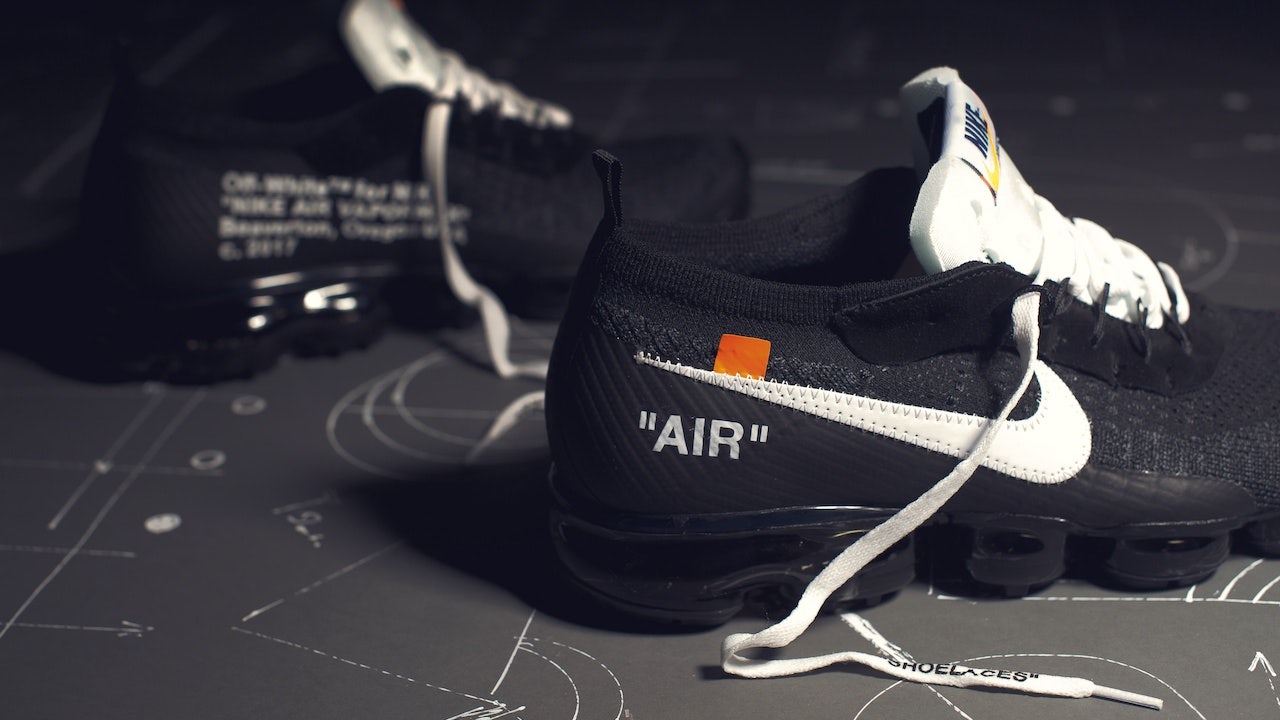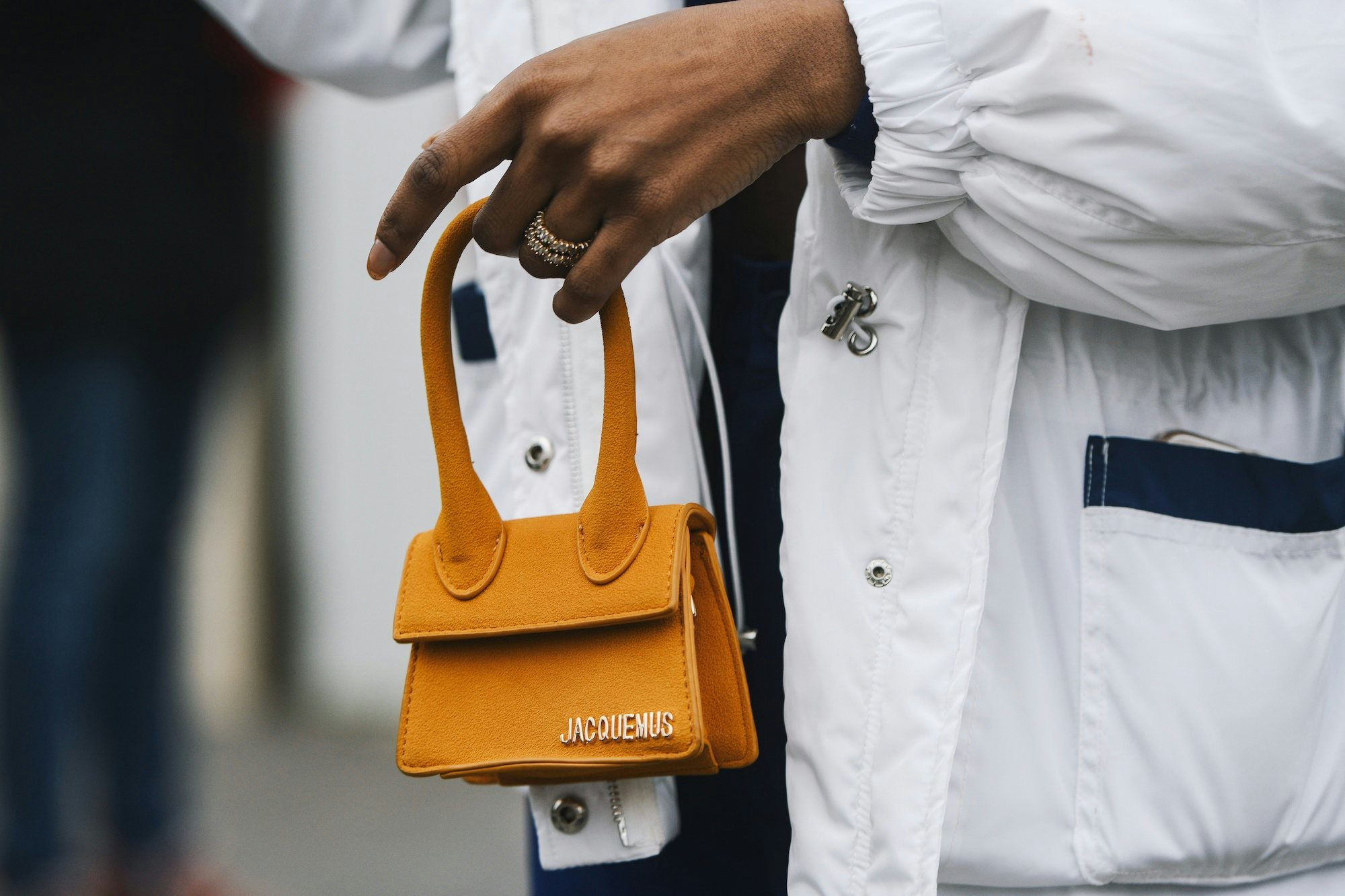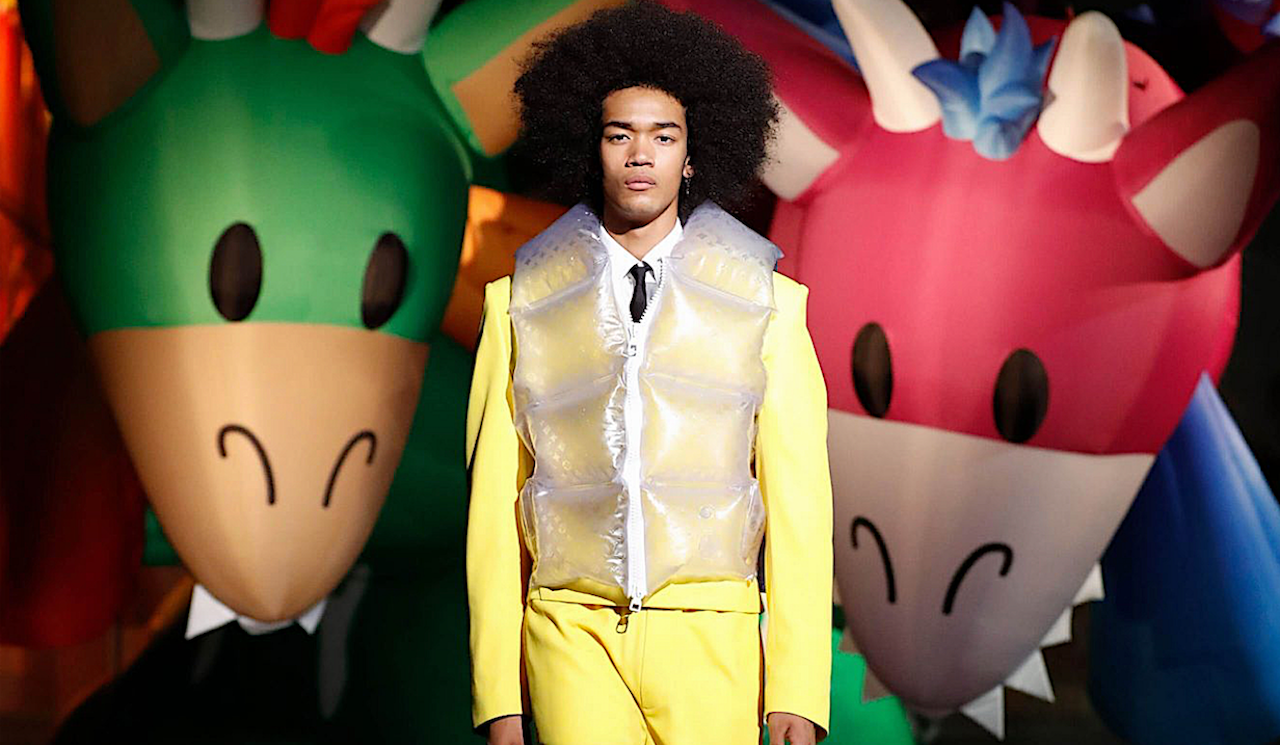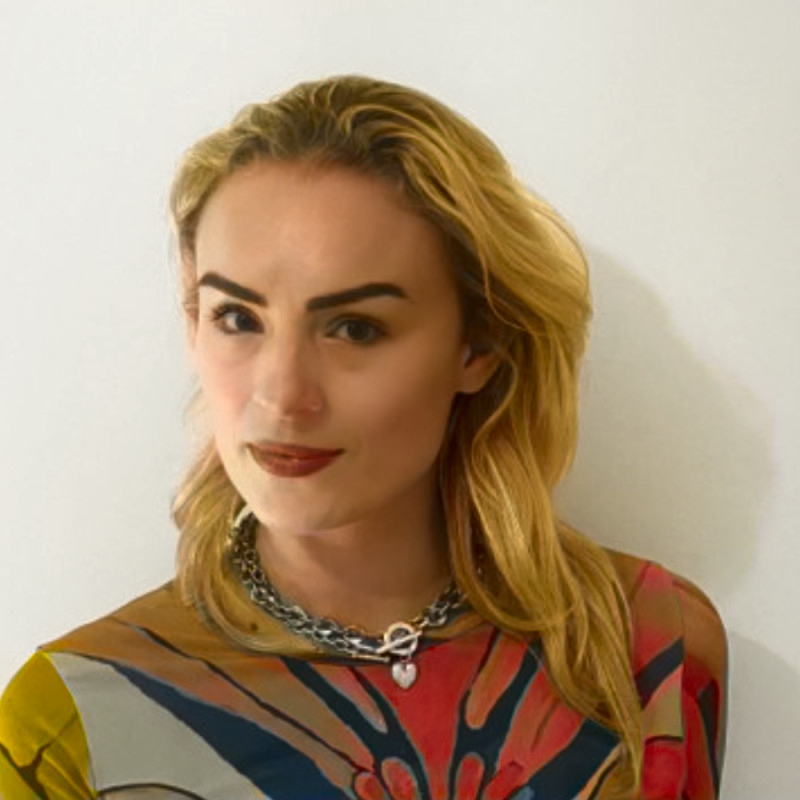Interested in learning more about this topic? Join Jing Daily and Sotheby’s on
Thursday, April 8 at 10am EST#
for our live webinar, How Popular Culture Has Redefined Luxury in China.
The discussion will be moderated by Enrique Menendez, Editor-in-Chief of Jing Daily, who will be joined by contemporary artist
Daniel Arsham#
, editor Ted Gushue, and Yuki Terase, Head of Contemporary Art, Sotheby’s Asia. Together, the panelists will explore the intersection between luxury and popular culture, look to the unique tastes of Chinese cultural consumers and how they have established a new utopia for luxury.
RSVP NOW#
EVENT PAGE#
Key Takeaways:#
- For years now, luxury brands have been producing viral moments with outrageous statement pieces, crafted with an intent to seep into the pop culture consciousness of consumers.
- Fueled by the rise of TikTok, DIY challenges have emerged as the latest trend in meme fashion, with short-video users recreating high-fashion looks at home.
- The coronavirus pandemic accelerated digitalization and boosted e-commerce, and now clothes are made to be seen on screen. Fashion’s relationship with social media has never been more significant.
Even the most affluent luxury consumer might question spending $3,400 on an inflatable vest, yet that item was the most memorable and accessible piece from Louis Vuitton's Spring/Summer 2021 collection. First spotted on a street-style account on Chinese short-video platform Kuaishou, DIY versions of the futuristic vest soon spread across social media, with users sharing their takes on the latest viral instance of luxury fashion turning into a meme.
At a time when there are 3.8 billion smartphone users worldwide, and more than 3.6 billion are on social media, the ability to become a trending topic is the ultimate prize, and meme-worthy fashion is the easiest way to the top.
According to creative consultant Emma Hope Allwood, an expert in both fashion and the internet, “meme fashion tends to cross over into the mainstream when it's at its most outrageous,” such as YProject's “janties” (that's denim panties) and Balenciaga's platform Crocs. “Of course, this draws a lot of bemusement and derision from people who don't tend to interact with luxury fashion, but it also allows products to break out of that circle of consumer awareness and hit mass,” said Allwood.
Luxury’s most provocative pieces have been seeping into pop culture for some time now, working to keep brands relevant beyond fashion circles — and that’s become increasingly critical over the past year of store closures and widespread disrupted growth.
Balenciaga creative director Demna Gvaslia can arguably be hailed as the founder of “meme fashion,” creating dramatic normcore styles such as his 2016 DHL t-shirt for Vetements and a layered coat for Balenciaga in 2018 that triggered multiple comparisons to a look sported by the Joey Tribiani character on Friends.
Many of Gvsalia’s pieces have fueled as much discussion from people who aren’t into fashion as from industry critics, embodying an online-first marketing strategy that revolves around the cultural power of a product. Virgil Abloh’s Off-White brand similarly presents luxury with an intent to become a trending topic, from his signature quotation marks that ironically state the obvious to his sought-after Nike collaborations decorated with regular zip ties.

Harriet Hawksworth, editor-in-chief of luxury retailer FarFetch, noted that while “novelty” products may not be that new, they remain popular on social media, particularly for brands that can weave them into their core identities. “Brands such as Jacquemus are experts at this with the teeny tiny Chiquita bag, and huge, floppy summer hats, but this trick only works when it feels authentic to the brand — Jacquemus has always had a playful, surreal side.”

A newer development in the evolution of meme fashion is the rise of short video, propelling DIY challenges to the forefront, such as the aforementioned Louis Vuitton-inspired inflatable vests. COVID-19 lockdowns around the world left many with ample free time to spend on activities such as recreating the JW Anderson patchwork cardigan worn by Harry Styles on “The Today Show” in February 2020 and sharing their work on TikTok. Tapping into the trend, JW Anderson later released a guide on how to knit the cardigan, an example of how luxury brands can incorporate DIY trends into their strategies for marketing to Gen Z. Another tactic would be inviting popular TikTokers to take an active role in their online campaigns.
Allwood is certain that the industry has moved beyond memes now, “I think we’ve passed peak meme fashion, which I first wrote about back in 2016,” she said. “But I do think fashion designers and houses are grappling with the idea that their clothes need to play well online, and that there’s huge potential value in creating products that are easily Instagrammable, or generate clicks and headlines online.”
The coronavirus pandemic has pushed more consumers to make clothing purchases online, and without an opportunity to try on pieces, on-screen appearances become even more significant. As Hawksworth noted, “It is arguable that these iconic novelty items are a product of our social-media driven times, where ‘thumb-stopping’ is one of the most important qualities a new brand can have.”
One could say that the fashion industry is transitioning from an obsession with streetwear to a focus on “screen-wear.” It’s thus unsurprising that extremely Instagrammable brands like Jacquemus are thriving. Even during the worst months of the pandemic in the first half of 2020, Lyst reported a 61 percent increase in traffic for the French fashion label.
Although craftsmanship will always remain a core element for luxury, young consumers are ascribing more value to styles that photograph well for their social media feeds, whether through logomania or viral pieces that serve as signifiers of the pop culture savvy. Competing in a digital realm that is already bursting at the seams with content, luxury’s pursuit of meme fashion can offer a compelling content-commerce vehicle for branding.

